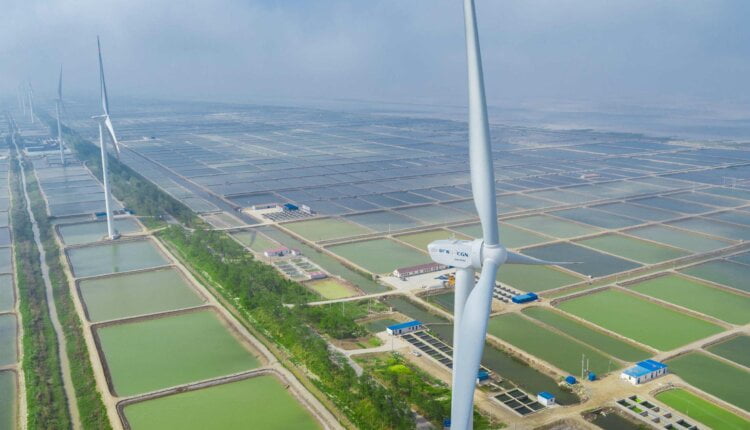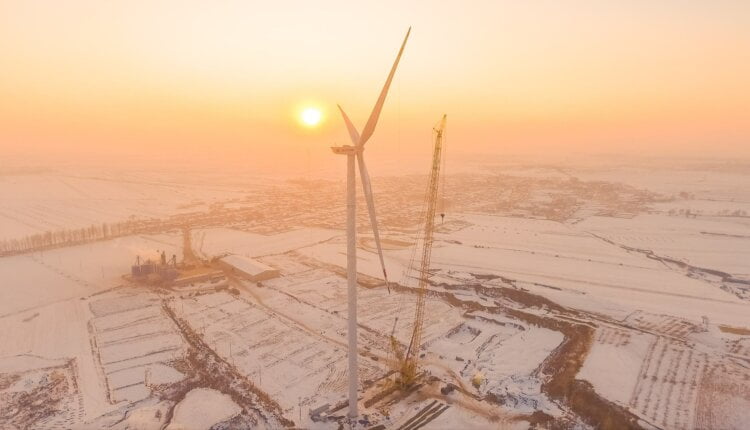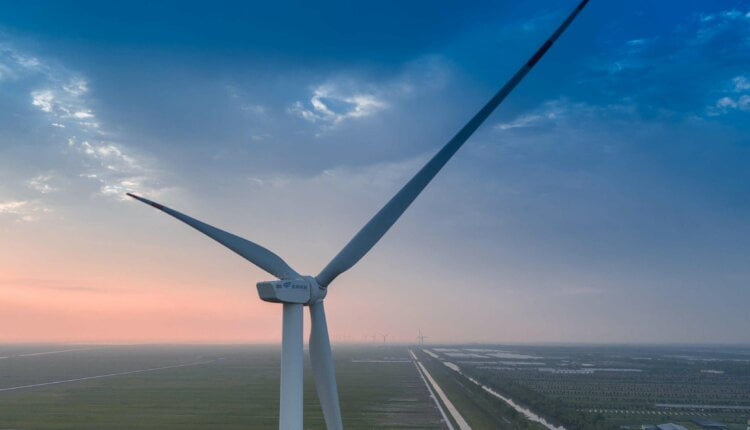“Onshore Wind Energy Cost” Liu Rixin, vice president of Xinjiang Goldwind Technology Co., Ltd., said at a relevant forum that in the past decade, the global onshore wind power cost per kilowatt-hour has dropped by about 25%, while the average Onshore Wind Energy Cost in China has dropped by more than 40%.
“Onshore Wind Energy Cost” By 2020, the electricity price of wind power projects can compete with local coal-fired power generation on the same platform, and the electricity price of photovoltaic projects can be comparable to the electricity sales price of the grid. The era of wind parity is coming.
In the past 10 years, through technological innovations such as high towers , airfoil optimization, independent pitch control, field group control, environmental control system optimization, paint improvement and wind measurement technology, China’s wind power generation efficiency has increased by 20-30%, and power generation has increased. 2-5%, operation and maintenance costs dropped by 5-10%.
Under the dual promotion of technological innovation and scale effect, in the past 20 years, the unit kW price of wind turbines has dropped to 3,550 yuan/kW, a drop of 70%, the Onshore Wind Energy Cost has dropped to 7,160 yuan/kW, a drop of 50%. The power generation performance and reliability have been further improved.
Under the guidance of national policies, renewable energy will gradually achieve grid parity, and even the Onshore Wind Energy Cost will be lower than fossil energy in the future, which has become the common goal of renewable energy. From the perspective of energy development trend, wind power in the future will gradually realize the transition from supplementary energy to alternative energy as a cheap and clean renewable energy.

In terms of industry, a buffer period of 2-3 years is needed from the proposal of parity to its realization, and the real realization of parity will be in 2021. Because the current wind turbine design, research and development and wind power supply chain costs have been locked in, Liu Rixin suggested that a certain amount of time should be reserved for the gradient and price arrangement of electricity prices.
From the perspective of national wind resources and current construction Onshore Wind Energy costs, some cities such as Shanghai and Fujian already have parity conditions; the realization of wind parity/low price nationwide requires further optimization of the technical level and business model.
Combined with the overall situation of the wind power industry, Liu Rixin proposed the realization path of the era of wind parity: to cope with the era of wind parity, it is necessary to change the concept of wind power operation, and to form a systematic and customized solution from the comprehensive consideration of technological innovation and model innovation, Open government policies and continuous support from the power grid to jointly promote the energy transition.
1. Onshore Wind Energy Cost, Change business philosophy
A. Pay attention to the whole life cycle cost of electricity from three aspects, namely increasing power generation, reducing construction Onshore Wind Energy costs and reducing operation and maintenance costs.
B. Adhere to the development concept of paying equal attention to the development of centralized and decentralized wind power. There are many national support policies for decentralized wind power, and the domestic decentralized wind power development resources are abundant, and at the same time, it highly overlaps with economically developed areas with high electricity consumption.
At the same time, decentralized wind power is not limited by the scale of annual guidance, and will be temporarily exempted from participating in wind power bidding in 2020 and before. Distributed wind power that is close to the user side and has better absorption capacity has a larger market space and will be developed in the era of parity. An important business model for user-side wind power.
2. Technological innovation and Onshore Wind Energy Cost
A. From the planning and design stage to optimize resources, match high-yield units, and refine the design front-end, to the refined operation and maintenance of the asset operation stage, grid friendliness and risk management to achieve full life cycle optimization.
B. With advanced technology, power-increasing and efficiency-enhancing solutions, lead the reduction of LCOE, no longer blindly focus on equipment prices, and prevent low-price and low-quality risks.
C. Digital technology realizes the integration and innovation of wind power and energy value chain.
3. Model Innovation – Customized business model design for different application scenarios
For example, decentralized wind power is combined with multi-energy complementary and smart energy to participate in comprehensive energy services; it cooperates with end users such as electrolytic aluminum that require large amounts of electricity and relatively low power quality requirements, so that users can participate in demand-side response and reduce wind power. The impact of volatility on the power grid, etc.
4. Demand for policies and power grids – reduce non-technical costs and break the bottleneck of electricity sales through partition walls
Change the “one-size-fits-all” approval process to reduce the policy cost of wind power (especially small-scale decentralized wind power) development;
Simplify the approval process for local decentralized wind power projects, encourage the trial implementation of the project approval commitment system, and reduce the Onshore Wind Energy cost of early project development;
Further promote the market-oriented transaction mechanism, break the bottleneck of “selling electricity through walls”, and reduce the transaction cost of electricity companies.

5. Demand for electricity users – using price mechanism to promote user participation in demand response
Renewable energy can be combined with the adjustable load of electricity users to stabilize the volatility of renewable energy, encourage electricity users to participate in demand-side response, and help improve the reliability of renewable energy power supply.
Finally, Liu Rixin also put forward the prospect of the wind parity era: with the current technical level and policy support, parity may exist in only a few areas, and user-side distributed wind power will become a breakthrough in wind power development. From the perspective of energy development, wind farms will surely achieve parity in the future and realize the transformation from supplementary energy to alternative energy.

